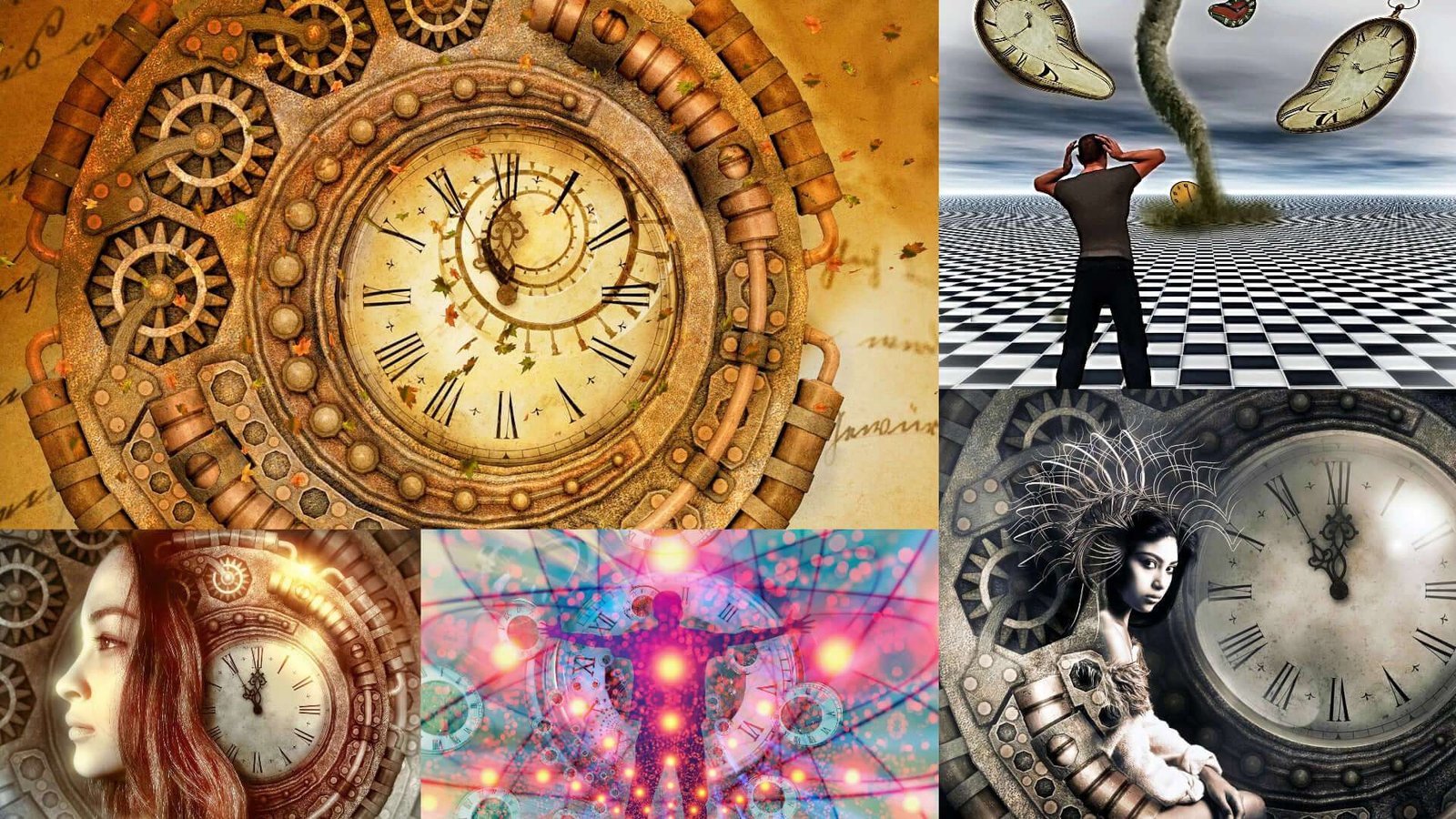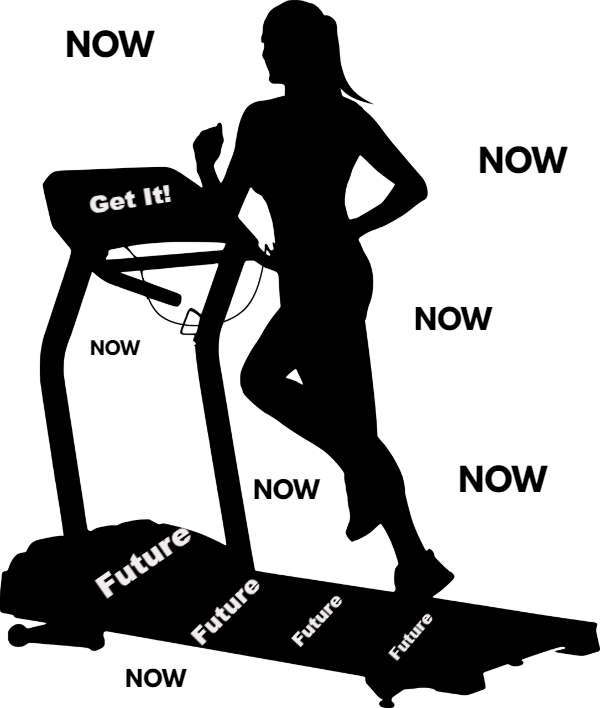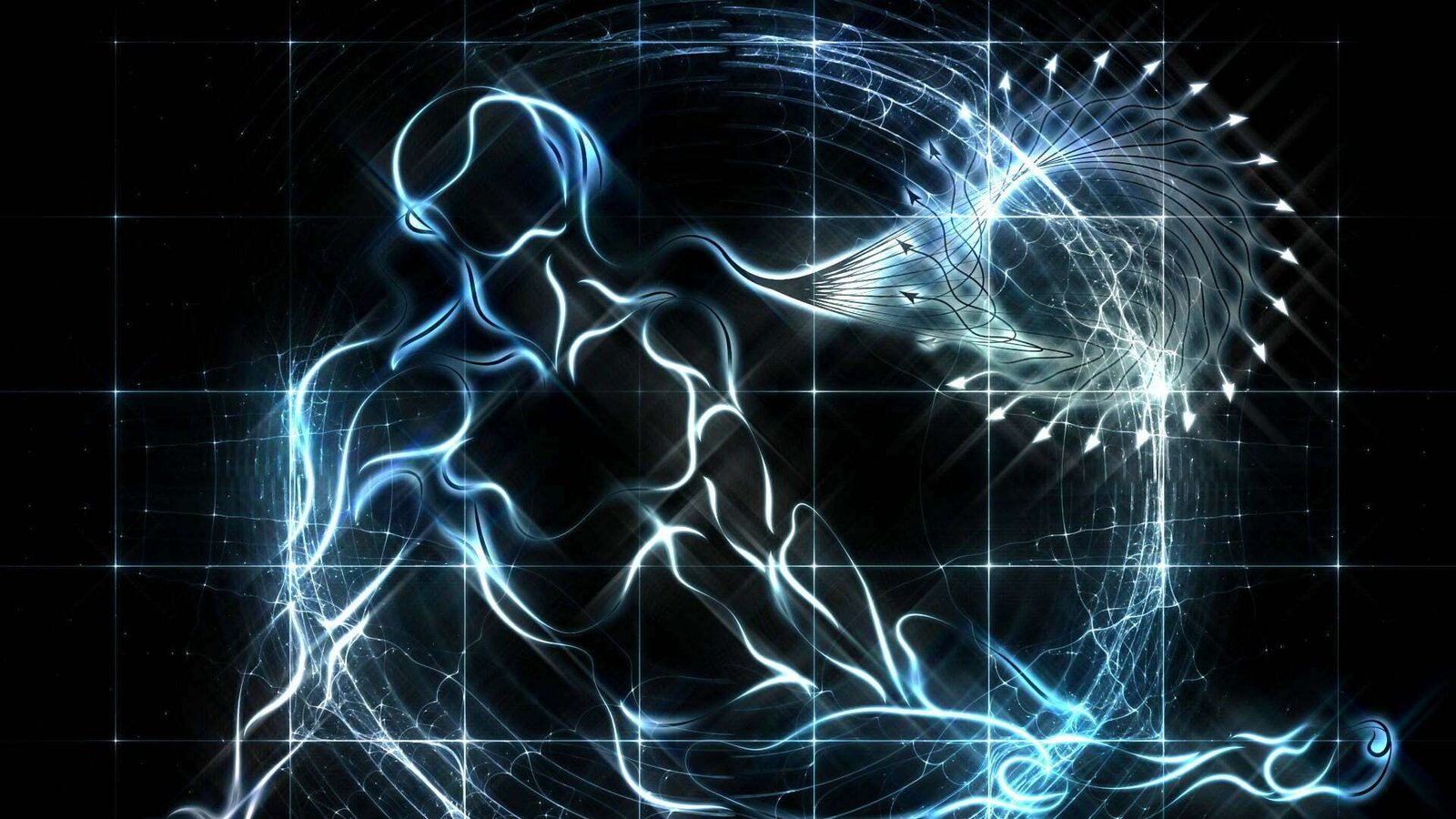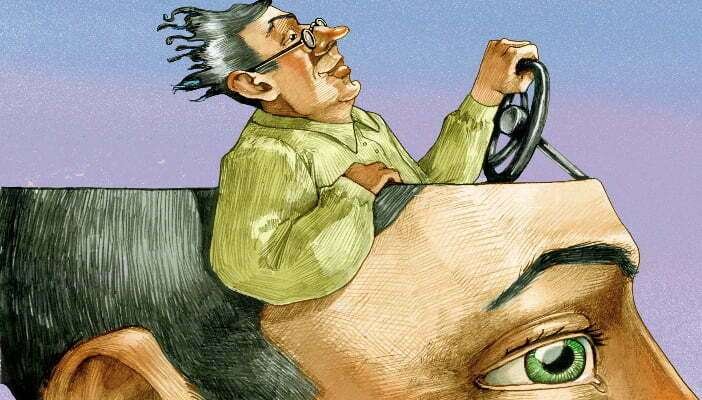Time has no moments
The journey isn’t moving forward in time – dynamic forces at work can be interpreted by the mind as movement – explore these forces
Prior to me asking this question, where are you?
There are millions of words written and spoken about being in the NOW. People aspire to be in the moment. The moment is magical according to some.
Think about it: a point in time is related to as a place because the self is inserting itself into that time, making it a place on the time map.
When we’re projecting the past into the present or future, we’re doing so in the moment. So, where’s the magic? It’s confusing because you’ve never been anywhere else except in the moment!
According to some, like Adyashanti, the real trick is that the mind can obscure our perception of reality. As he and others say, It’s not about getting somewhere, it’s about exploring what’s blocking our perception of reality right NOW in this moment.
One hurdle is pleasure.
We all know about the ego and its enslavement to the pain/pleasure principle. On one side of the coin the issue is that Being is inherently pleasurable. On the other side, the issue is separation from Being is suffering.
So, when Being is obscured, pain and suffering color the consciousness. The ego-self wants to fix it by getting what’s missing, to get there, to get into the moment with that pleasurable, suffering-free experience.
“Getting” (seeking) is the foundational orientation of the self. It’s future oriented. All of its hopes, dreams and desires are out there in the future, but all of that wishing and dreaming is happening in the moment.
For a moment let’s entertain the self’s orientation and explore just how confused it is about reality and the journey.
Here is the timeline of your life:
To the self, enlightenment is located in time somewhere between where you are and the end of time and it needs to get there, to get it. But, the enlightened say, “Enlightenment is exactly where you are right now, in this moment.”
Here’s a more accurate illustration of the self’s position on the timeline of your life and its relationship to reality.
The green field is Being or awareness or consciousness. It underlies and permeates your entire existence. In fact, it’s all Being, through and through. It has no extension in time, it has always been and always will be. It’s pure, complete, perfect and timeless.
The dots after birth represent the period in time where your body existed, but your “self” did not. The sense of you developed. It takes five to seven years after birth. It’s a process.
Once the self is constructed, it inserts itself into all of your (body/Being) experience claiming that it has always been in your life and has had something to do with everything in your life, your entire history is its claim. It believes it makes choices, thinks, takes action, etc.
These things happen, but not from or by the self. It claims ownership in a nano, nano, nano, nano second after the event. It’s so fast, it’s pretty much instantaneous. So fast, the mind can’t register it. Neuroscience is validating this.
We believe the self is needed to function in the world. It’s not and you’re living proof of that because you (body/Being) did just fine for several years without the self. Our beliefs and convictions on the necessity of the self for functioning are misunderstandings and ignorance of what’s really going on.
Invest some sincerity and impeccability in this exercise:
Pull out some old photos of you from 5-years-old back to birth. Spend some time with each and allow memories and stories to come forward. Be with the sense of yourself as you ponder them. Feel the feelings, sensations and energies. Observe the thoughts and felt sense of being in that time.
What’s your earliest memory? Can you feel the familiar sense of “you” in your past? How far back in your life as you look at the pictures can you get a sense of “you”? 5? 4? 3? 2? 1?
When you look at those baby pictures, do you get a connected sense of you at that moment that extends forward in time to now?
Here’s the point – you, the self, didn’t exist back then. The closer you get to five or six, the more you, the self, wafts into and out of existence, but it’s not stable until six or so.
That two-year-old toddling around, eating, speaking the first words, sleeping, crying, doing all the things we do at two is pretty much doing it all without the self and it’s all happening in a developmentally appropriate way. The self will assert that it’s needed to mature, develop potential and function. This is true to some extent, but it’s a lease situation not a purchase. It’s time to terminate the lease agreement.
The point is that, if anything, enlightenment in terms of “getting” it from the self’s orientation is not in the future, it’s in the past prior to the self. The self is heading in the wrong direction! Talk about confused!
Working with object relations and psychodynamics is a regressive process. It peels the onion, removing the layers history, beliefs and identifications. This process can feel like going back in time to a priori, but is really a process that allows what is present, but obscured to emerge into consciousness.
What psychodynamics allow us to do is study what we’re not. As an orientation or process, this allows us to get off the treadmill to the future and bring our attention and awareness to our immediate experience. Of course, the self will want to coopt the study of what we’re not to “get something out of it” and continue moving toward the future, but we can pull the treadmill out from under the self by exploring that very thing.
If we hear and understand Adyashanti’s, Tolle’s, Almaas’s, and others’ message, it serves us better to get off the treadmill and explore the moment we’re always in.
The Power of Object Relations
This is where working with object relations really rewards us because doing so is one of the most elegant and efficient means of “rending the veils.” We could spend ten, twenty, thirty years or more meditating to pierce what’s in the way or we could avail ourselves of psychodynamic spiritual technology that can do so in days or weeks.
This is not to say embodied enlightenment will arise in short order, but one can experience and embody presence and spiritual states as part of a process of working through conditioning, which produces positive effects in our day-to-day life.
At first, the effects and affect of essence and essential qualities arising in the body/mind are “my” experience, as the claiming is that fast. It takes some time before we recognize experience as happening in the soul and see the body/mind as the agency of perception, extension and expression.
Again, the string we need to work with is right here, right now because the nature of reality is continuous revelation.
Here’s the core issue with the self and enlightenment:
Self cannot get out of self.
It’s really simple. Every action of self reinforces self. How then, can self get out of self?
When you’re meditating, if you’re orienting toward some goal, or preference, or the future – that is the self meditating. This is how meditation begins for everyone.
Speaking of meditation, what is successful meditation? Being in the NOW? Being full of presence? Some spiritual state? NO, successful meditation is coming back, coming back, coming back… The circuits are being rewired, the smaller pile of sand is growing bigger – more on this later. In thirty minutes of meditation, if you come back once, a hundred times or are gone, gone, gone – that is successful meditation. Putting your butt in the chair is 80%.
The self can explore self, can get curious about experience. What we really are – awareness – evolves, unfolds, disidentifies without getting anything. It emerges from the background into the foreground via space and curiosity as it is – awareness.
Self is self-referencing. It lives in a house of one-way mirrors where it only sees itself, everything reflected in self-centeredness. Self cannot see reality, but reality, self-aware awareness, can see self – it is the seeing, not the seer or the seen.
Here’s an exercise that works better the older you are:
Have you ever looked in the mirror and had a moment of: geez, I don’t feel that old? This is an experience of timeless awareness, what you really are, being aware of itself. It has nothing to do with memory – check it out!
Play around with it. Keep your vision loose. Split your attention 20/80 between the mirror and the seeing, not the seer and the seen. See if the sense of timeless awareness moves more forward into consciousness. Relax, grasping at it, shoos it away.

















